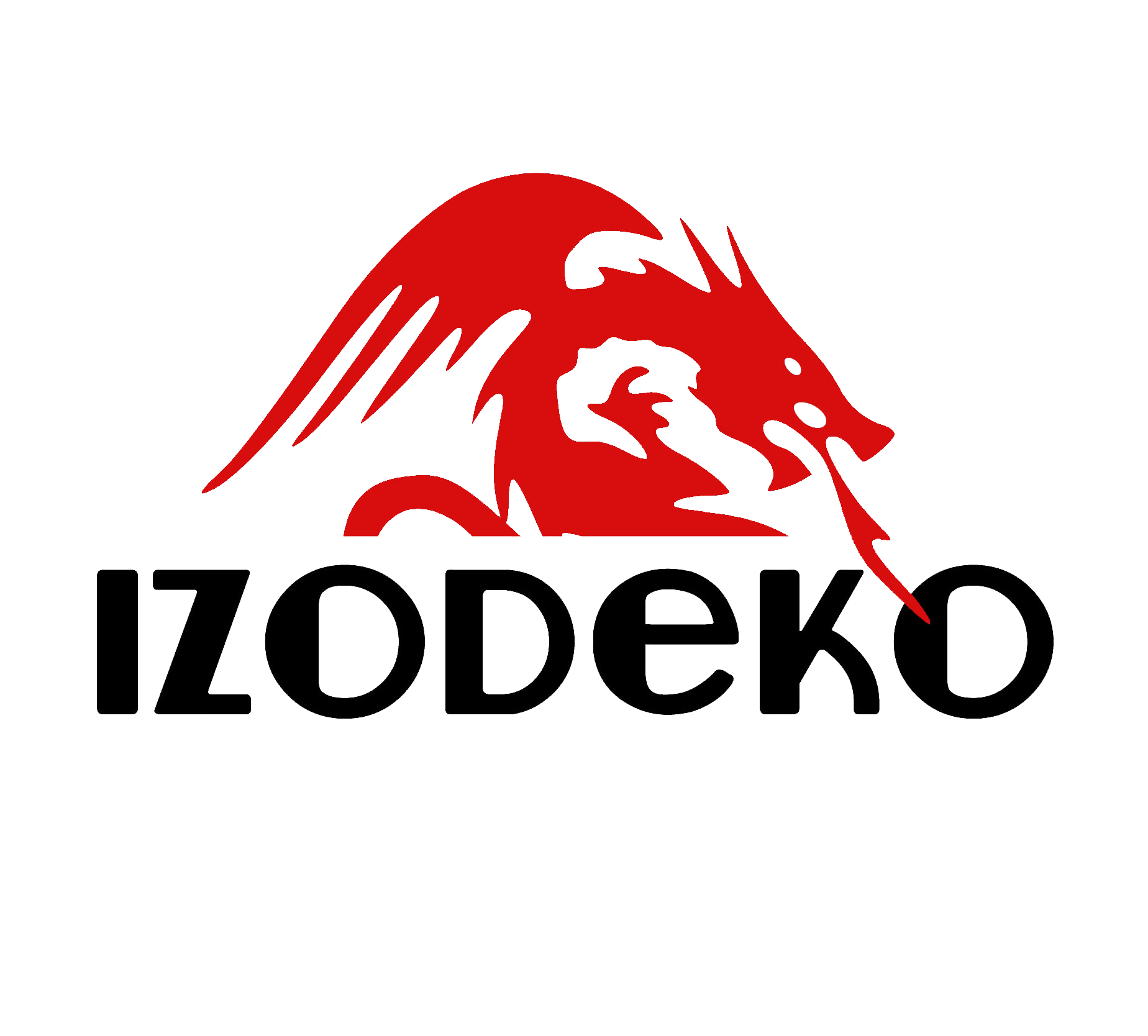1. What is Izodeko?
Izodeko is an insulating, decorative, environmentally friendly inner wall covering. Thanks to its
composition (cotton, cellulose), it has excellent thermal insulation properties, resulting in a
pleasantly warm wall surface when touching it.
2. How much wallpaper do we need?
One Izodeko package contains 1 kg of raw material, which can cover maximum of 4 m2 wall surface.
It is important to get enough Izodeko for the room, as there can be slight differences between
colours in case of separate subsequent orders.
3. How to apply it to the wall?
Add 7–7.5 litres of water to the 1 kg package and mix it by hand (not with a mixer). Take a handful of
the thick, pasty mixture and apply to the wall, then smooth the surface with the Izodeko roller so
that the rolled wallpaper is about 2 mm thick. The water-mixed paste can be used for days, so there
is no need to rush with the application; however, it is important to mix the material needed for one
wall at the same time (rather than bag by bag). The drying time for wallpaper already on the wall is
24–48 hours, depending on temperature and ventilation.
4. How can we keep it clean?
The surface coated with Izodeko liquid textile wallpaper can be vacuum cleaned or wiped with a
damp cloth, but cannot be washed.
5. What kind of walls is it recommended for?
Izodeko has excellent adhesion to almost all types of wall surfaces, which allows for a wide range of
uses. It can be applied on plastered or spackled walls, as well as on drywall (gypsum board,
plasterboard), Styrofoam, fibreboard, etc.
6. How to prepare the walls?
The preparation depends on the condition of the room, but the most important aspect is that the
walls should be clean. The easiest thing to do is to apply Izodeko on a new wall surface that has been spackled, so you can apply Izodeko without any preparation. Our recommendations for other wall types can be found on the Izodeko website under "About product" > "Surface preparation".
7. How to remove Izodeko liquid textile wallpaper from the wall?
Moisten the wallpaper with water (this is easiest to do with a hand sprayer), wait until the cotton
fibres are completely soaked and then remove it from the wall with a spackling (putty-) knife. If the
material comes off the wall cleanly – without stripping off any previous paint – it can be reapplied to
another surface.
8. Can the surface of Izodeko applied on a painted wall?
Yes. If you want to keep your wallpaper as an insulating layer, you can paint over it with ordinary
interior paint. You may need slightly more paint than the average amount because of the absorbent
properties of the cotton material. Don't worry, this amount of moisture will be tolerated by the
wallpaper (it won't fall off). After drying, you will get a slightly crackled, monochrome surface.
9. Can Izodeko liquid wallpaper cover cracks?
Izodeko textile wallpaper is excellent at covering hairline cracks and, thanks to its elasticity, it does
not crack later on, but stretches.
10. Can Izodeko liquid textile wallpaper be applied to wet walls?
Not recommended for wet, damp walls. The reason is simple: on wet walls, drying is impossible and
the wallpaper remains permanently vulnerable.
11. Can it be used on wall tiles?
Yes. First cover the joints with the wallpaper, then apply it to the entire surface after a short drying
time. This will ensure a completely smooth surface and no visible joint lines.
12. Can Izodeko be used on bathroom walls?
We do not recommend the use of liquid textile wallpaper in places where they may be directly
exposed to water or in humid rooms.
13. Can it be applied to ceilings?
Izodeko can be applied to ceilings, but it is a little more difficult to apply likewise ceiling is also more
difficult to paint. In this case, slightly more material is needed, the 1 kg package will probably not
cover the required surface area of 4 m2 due to the more difficult application.
14. Is liquid textile wallpaper recommended for rough plaster?
The application of Izodeko liquid textile wallpaper is perfectly suitable for the removal of rough
surfaces. The rough wall surface (synthetic resin or mineral plaster) does not need to be drilled or
sanded, but the wallpaper can be applied directly on the rough surface. The use of the material will
be higher, as the wallpaper will have to be applied thicker to eliminate chips. After drying, there will
be nothing to remind you of the previous wall surface.
15. Saltpetre covers my walls. Can I cover it with Izodeko?
One thing is for sure: it will be the longest-lasting solution for this surface. Remove the saltpetre
from the wall, treat it with the appropriate chemical and then apply the liquid textile wallpaper.
16. What is the price?
1,100 RSD for a 1 kg package, which is sufficient for up to 4 m2 surface.
